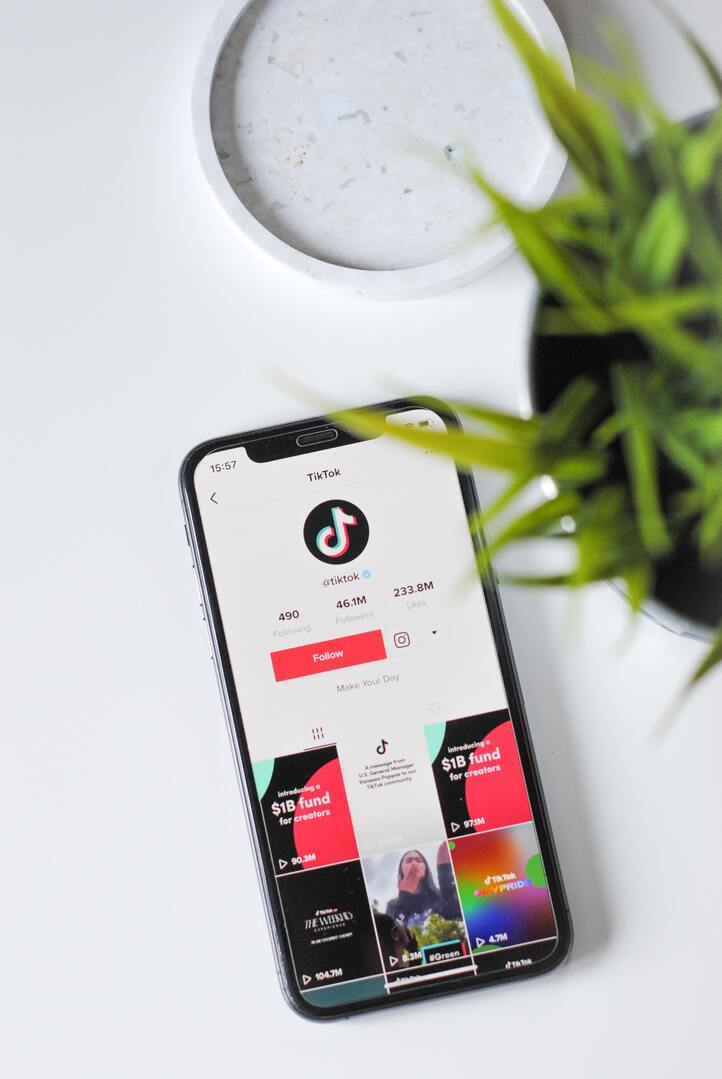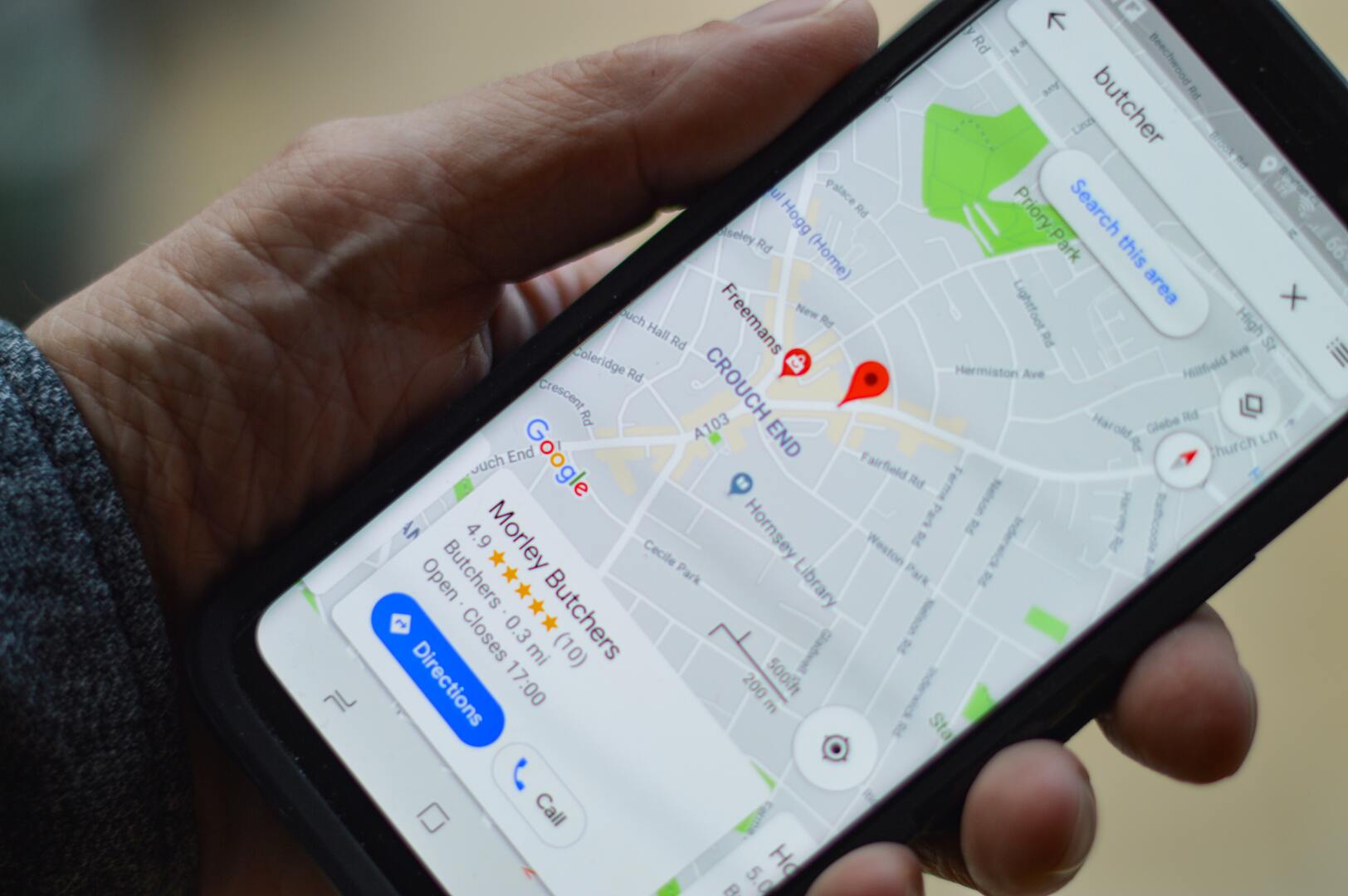
Social commerce has become a powerful tool for businesses to boost customer engagement and sales through social media platforms.
With the acceleration of online shopping and ecommerce due to the pandemic, it has become essential for businesses to find new and innovative ways to connect with customers.
Social commerce allows businesses to interact with customers in a more personal way, providing them with the opportunity to browse, research and purchase products without leaving their favourite social media apps.
In this article, we will explore the pros and cons of social commerce, ways to overcome its challenges, and examples of businesses that are using it successfully.
What is Social Commerce?
Social commerce refers to the use of social media platforms to boost customer engagement and sales. In simpler terms, social commerce is online shopping through social media. We live in a digital age where social media has become a crucial aspect of your business’s digital marketing strategy, whether you have an e-commerce or a physical store.
But why is it so important to leverage?
- We live in a digital age where social media is becoming less of an option and more of a requirement for businesses, whether they are purely ecommerce or with a physical store.
- Thanks to the pandemic, the shift toward the number of people online shopping has been accelerated, and it is now crucial for businesses to find new, innovative ways to engage and connect with customers. Social commerce provides the opportunity to do just that.
- Instagram, Facebook, and TikTok are just some of the social media platforms that allow you to interact with customers in a more personal way. Customers can browse, research and purchase products without even leaving an app.
- Let’s just say you can consider yourself out of the loop if you’re not leveraging social commerce…
Pros and cons of social commerce
Pros
Increased Reach and Customer Engagement
Social media platforms have a massive user base, and using these platforms for social commerce opens your business up to a much wider audience in a more cost-effective way.
Seamless Shopping Experience
Social commerce allows customers to shop without having to leave the platform they are using, creating an easy process from start to finish that they are less likely to abandon.
Effective at Building Trust
Customers are able to see, in real time, the reviews and recommendations from others who use your products, which is fantastic at building trust.
Reviews are already a fantastic tool to leverage; reviews that come with photo/video, as well as being able to see that a reviewer is a real person by going to their profile, provides the extra reassurance customers look for.
Cons
The balancing act of commerce and social media
Social media is a fun platform where people can interact with their friends and family; too much promotion may lead to frustration and a negative pushy perception of your business.
Businesses need to find the balance between having fun and interacting with customers and using social media to promote and push products.
Privacy and Security Concerns
Customers want to feel in control of how their data is being used and can be hesitant to share their personal information.
Therefore, it is important for businesses to be transparent about how customer data is used and that it is protected and secure. For example, using secure payment gateways and consistently monitoring for security threats.
Conquering the Algorithm
Social media platforms use an algorithm to figure out what content is shown to what users, which means you can put in a lot of work for little traction.
How can I leverage social commerce for my business?
Like all things, social commerce does come with its challenges. The following points will help youovercome the challenges and make the most of all social commerce has to offer.

Choose the right social media platforms for the demographic and user behaviours of your target audience. Put in the research. Instagram is great for a younger audience, where Facebook caters to a wider age range.
Integrate your chosen social media channels with ecommerce to streamline the customer journey. Don’t make the customer have to exit the social platform they are on. Use the shoppable post feature so customers can shop in their chosen app.
User generated content (UGC) is your friend, as satisfied customers post about your product in reviews, photos and videos. This content not only means less work for you but provides an authentic way to build trust and credibility with potential customers.
Invest in influencer marketing to reach new audiences and build trust by working with influencers who fit your brand values and have an audience that consists primarily of your target market.
What does the future hold for social commerce?
Although it has already seen so much growth in the past few years, social commerce still has much further to go.
What can we expect?
- The number of businesses using social commerce will continue to grow and will quickly become less and less of a choice and more of a requirement to succeed.
- It is predicted that over time social commerce will use data and analytics to refine and personalise marketing campaigns further.
- Augmented reality (AR) and Virtual reality (VR) will likely increase in popularity, providing a more interactive and immersive shopping experience than ever seen before.
- As technology evolves, it's expected that chatbots will improve and become a key tool in creating a personalised experience for customers.
- Artificial intelligence (AI) is also becoming more prevalent and will be able to help businesses in analysing customer data for marketing purposes.
Examples of businesses using social commerce today
Most people have heard of Instagram as it is one of the most powerful social media platforms today. Instagram has millions of businesses using the platform to promote and sell products using the integrated in app shopping feature.
Shopify
Shopify is a super popular ecommerce platform that uses social commerce well, integrating with platforms such as Instagram and Facebook for a seamless customer experience. They allow businesses that use Shopify to sell directly on social media.
Poshmark
Users of Poshmark are able to buy and sell their new and used clothing and accessories. This is all done through customer profiles so they can follow each other and shop for relevant products.
In conclusion, social commerce is becoming a crucial aspect of digital marketing, whether your business is purely ecommerce or has a physical store. However, as with any new technology, it also comes with its challenges, such as the need to balance commerce with social media, privacy and security concerns, and the challenge of conquering the algorithm. By choosing the right social media platform, integrating with ecommerce, leveraging user-generated content, and investing in influencer marketing, businesses can overcome these challenges and make the most of all that social commerce has to offer. The future of social commerce looks bright, with the increasing popularity of augmented and virtual reality and the potential of artificial intelligence to analyse customer data for marketing purposes.





 In today's world, where most businesses have an online presence, customer reviews have become an essential part of building trust and credibility.
In today's world, where most businesses have an online presence, customer reviews have become an essential part of building trust and credibility. 
-modified.jpg)
-modified.jpg)
-modified.jpg)
-modified.jpg)
-modified.png)
-modified.png)



